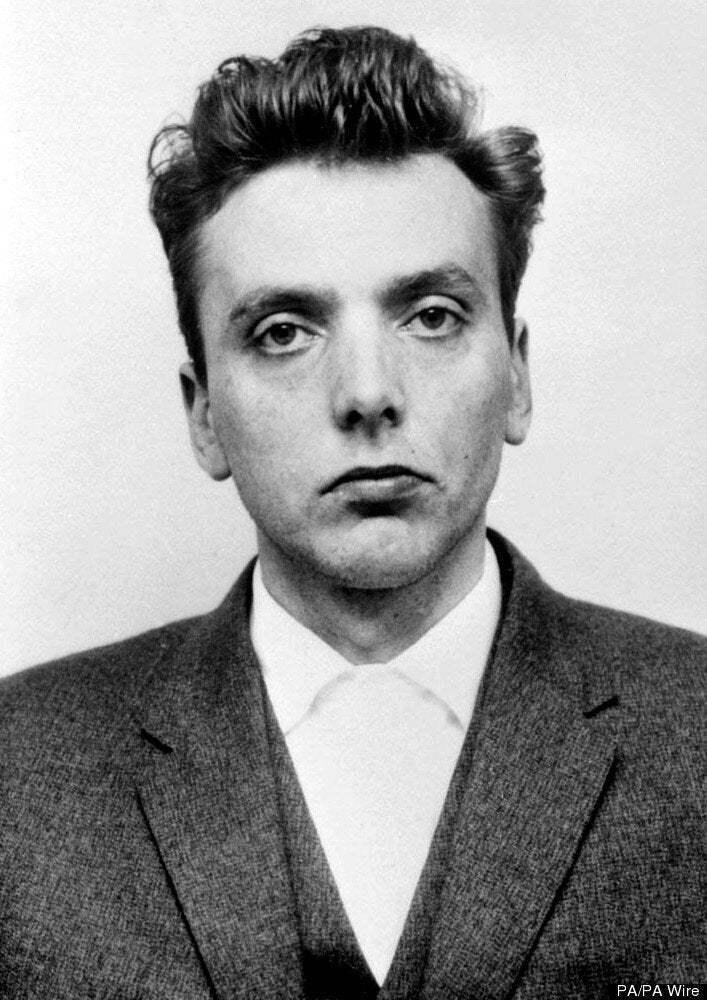Moors Murderer Ian Brady refused to co-operate with police when they launched a covert operation nine years ago to find the body of Keith Bennett.
When he saw officers arrive on the ward at Ashworth High Security Hospital in Merseyside, he waved them away without uttering a single word.
Senior detectives at Greater Manchester Police asked themselves in 2003 whether they had pursued every possible angle in attempting to find the remains of Keith.
Following the Crown Prosecution Service's decision not to prosecute Ian Brady over his murder, and that of Pauline Reade, the force came to the conclusion it had not and launched Operation Maida.
It was a secret investigation designed to avoid the glare of intensive media coverage which could disrupt the evidence-gathering process.
A small team of detectives were assigned to the case and as a starting point looked at the one obvious possible source of information - Brady.
He was approached via his solicitor but refused point blank to co-operate.
ALSO SEE:
Winnie Johnson, Mother Of Moors Murders Victim Keith Bennett, Dies
Ian Brady Letter Given Back To Killer
'Sadistic' Ian Brady Playing 'Power Game' Says C4 Film-Maker
Without Brady's co-operation they pressed on by analysing the original case file and re-examined the original statements of Brady and his fellow killer, and former lover, Myra Hindley, who died in prison in 2002.
In 1986 both killers were taken separately to the moors bordering Greater Manchester and West Yorkshire to help the search, and a year later the remains of Pauline were found, but the search for Keith proved fruitless.
Police were convinced the clue to finding Keith's body - likely to still be preserved in the peat of Saddleworth Moor - were photographs that Brady took of Hindley at the crime scenes. They were effectively souvenirs designed to act as signposts if they ever wished to retrace the path which led to their chilling deeds.
A remote area known as Shiny Brook, stretching up to five square miles, was identified from the photographs and was notable because it was up to a mile away from the burial sites of the other bodies.
Scientists indicated that modern geological techniques could provide a "feasible" chance of locating a foreign object in the moorland soil.
Detectives became excited when specialist sniffing dogs were sent in to comb the area and apparently picked up body vapour scents.
A collection of water and soil samples was then taken from Shiny Brook which showed more than 50 chemical "signatures" of human decomposition.
That narrowed the search area down to a more manageable area and digging took place to uncover what is thought would be a shallow grave.

Keith Bennett was one of five victims of Ian Brady and Myra Hindley
The search took place from 2005 to November 2008 without success.
It soon became apparent that the chemical activity was unique to the landscape, was naturally occurring and did not necessarily indicate decomposition.
In July 2009, Detective Superintendent Steve Heywood said the operation's team was satisfied it had explored and exhausted every possible avenue open to them.
As well as Greater Manchester Police officers, the investigation called on the support and resources of clinical psychologists, imagery experts, search advisers, geologists, geophysicists, geochemists, archaeologists and anthropologists.
Heywood dismissed theories that Brady would not know the location of Keith's body because of the passage of time, or fears that the moorland peat would have shifted over the decades and moved its location.
He was confident that Saddleworth Moor remained as much in place as it did in the 1960s when Brady and Hindley committed the murders.
"If you look back at all the victims they were triangulated so that he could come back," he said.
"Serial killers will generally try to use some sort of landmark - a way of coming back to a particular spot.
"They will revisit their activities on a daily basis. That is what they live for."
He added: "People like Brady know what they are doing. They will have planned everything.
"He will have rehearsed daily what he did.
"It is my personal opinion that he knows where the body is."
The case was not closed but it could only progress if there was a scientific breakthrough - or if Brady disclosed where he had buried Keith, he said.
They would not allow the psychotic killer to return to the Moors, fearing it could feed his twisted ego, but said he could assist by identifying the location using 3D maps of the area.
"If he (Brady) wants to take the opportunity to do the decent thing then we will listen, but there will be no deals," said Heywood.
"This is his final opportunity to come forward and give the information he knows where Keith Bennett is.
"It has to be something substantial though."
He added investigators would not subject themselves to the "whims" of a "psychopath" in returning to the scene of the murders which he last visited in 1986.
"I am not taking Ian Brady back on the moor," he said. "He will not be released.
"All the experts we have spoken to have advised against doing so."
